Butcher block counters not so great after two years
coffeeaddict226
11 years ago
Featured Answer
Sort by:Oldest
Comments (16)
wi-sailorgirl
11 years agocoffeeaddict226
11 years agoRelated Professionals
Clute Kitchen & Bathroom Designers · College Park Kitchen & Bathroom Designers · Hillsboro Kitchen & Bathroom Designers · Hybla Valley Kitchen & Bathroom Designers · La Verne Kitchen & Bathroom Designers · Mount Prospect Kitchen & Bathroom Designers · Vineyard Kitchen & Bathroom Designers · Lisle Kitchen & Bathroom Remodelers · Salinas Kitchen & Bathroom Remodelers · Sicklerville Kitchen & Bathroom Remodelers · Vancouver Kitchen & Bathroom Remodelers · Palestine Kitchen & Bathroom Remodelers · Parsippany Cabinets & Cabinetry · Foster City Tile and Stone Contractors · Castaic Design-Build Firmsbostonpam
11 years agoa2gemini
11 years agolawjedi
11 years ago2LittleFishies
11 years agoartemis78
11 years agoTmnca
11 years agocoffeeaddict226
11 years agomermanmike
11 years agoUser
11 years agoBunny
11 years agoBunny
11 years agoclg7067
11 years agoBunny
11 years ago
Related Stories
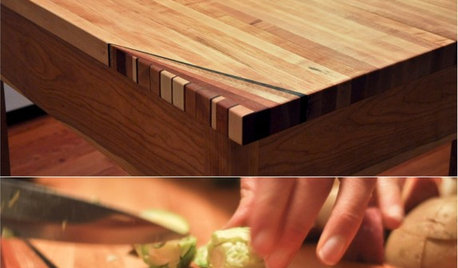
WOODWORKINGHow to Clean and Care for Your Butcher Block
Keep butcher block counters and boards looking sharp as a knife — and sanitized for safe food prep — with this advice from a pro woodworker
Full Story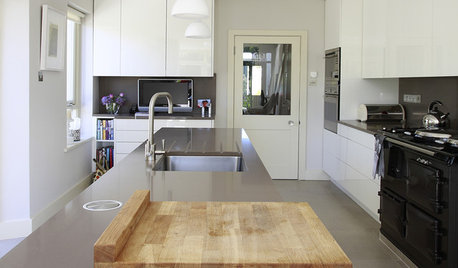
KITCHEN DESIGNButcher Block Makes the Cut for Holiday Kitchen Prep
Countertops and cutting boards will likely take a beating over the holidays. These butcher blocks have the chops to perform under pressure
Full Story
GARDENING GUIDESBoxwood: Still Shape-Shifting After 350 Years
Wild or mild, the humble boxwood still brings style and order to all kinds of gardens
Full Story
HOMES AROUND THE WORLDAfter the Quakes: New Christchurch Houses 5 Years Later
These New Zealand architects and homeowners have overcome the obstacles and created strong, stylish new homes
Full Story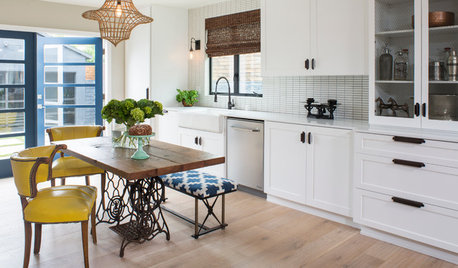
KITCHEN DESIGNGet Ideas From This Year’s Top 20 Kitchen Tours
Smart storage, functionality for cooks and families, vintage touches and lots of personality mark your favorites of 2015
Full Story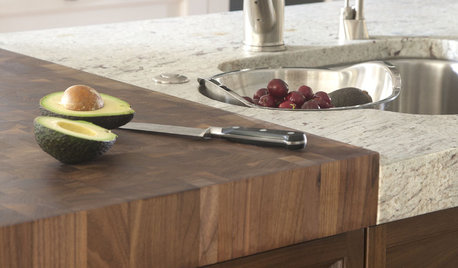
KITCHEN DESIGNKitchen Counters: Try an Integrated Cutting Board for Easy Food Prep
Keep knife marks in their place and make dicing and slicing more convenient with an integrated butcher block or cutting board
Full Story
COLOR10 Great Places for Rich Fall Colors Year-Round
Use nature’s burgundies, golds and oranges in these select spots for a comforting feel no matter what the season
Full Story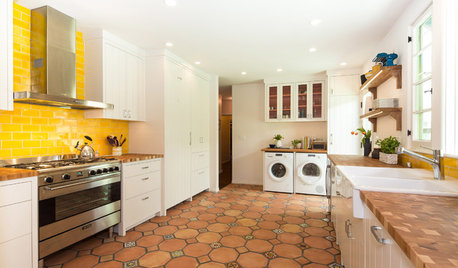
KITCHEN DESIGNNew This Week: 4 Surprising Backsplash and Countertop Pairings
Make your kitchen workspace stand out with colored ceramic tile, back-painted glass, butcher block and more
Full Story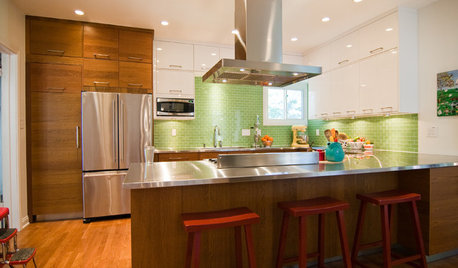
KITCHEN COUNTERTOPS10 Great Backsplashes to Pair With Stainless Steel Counters
Simplify your decision-making with these ideas for materials that work well with stainless steel counters
Full Story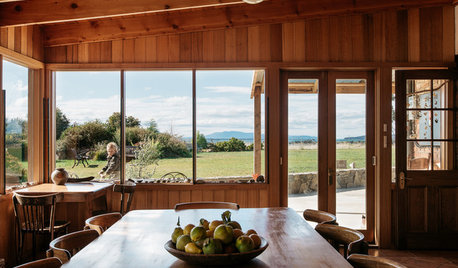
HOMES AROUND THE WORLDThe Great Escape: Family Rebuilds After a Devastating Wildfire
Tim and Tammy Holmes survived the 2013 Tasmanian bushfires but lost their home. See how they’ve started over
Full Story





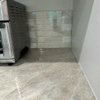
Bunny